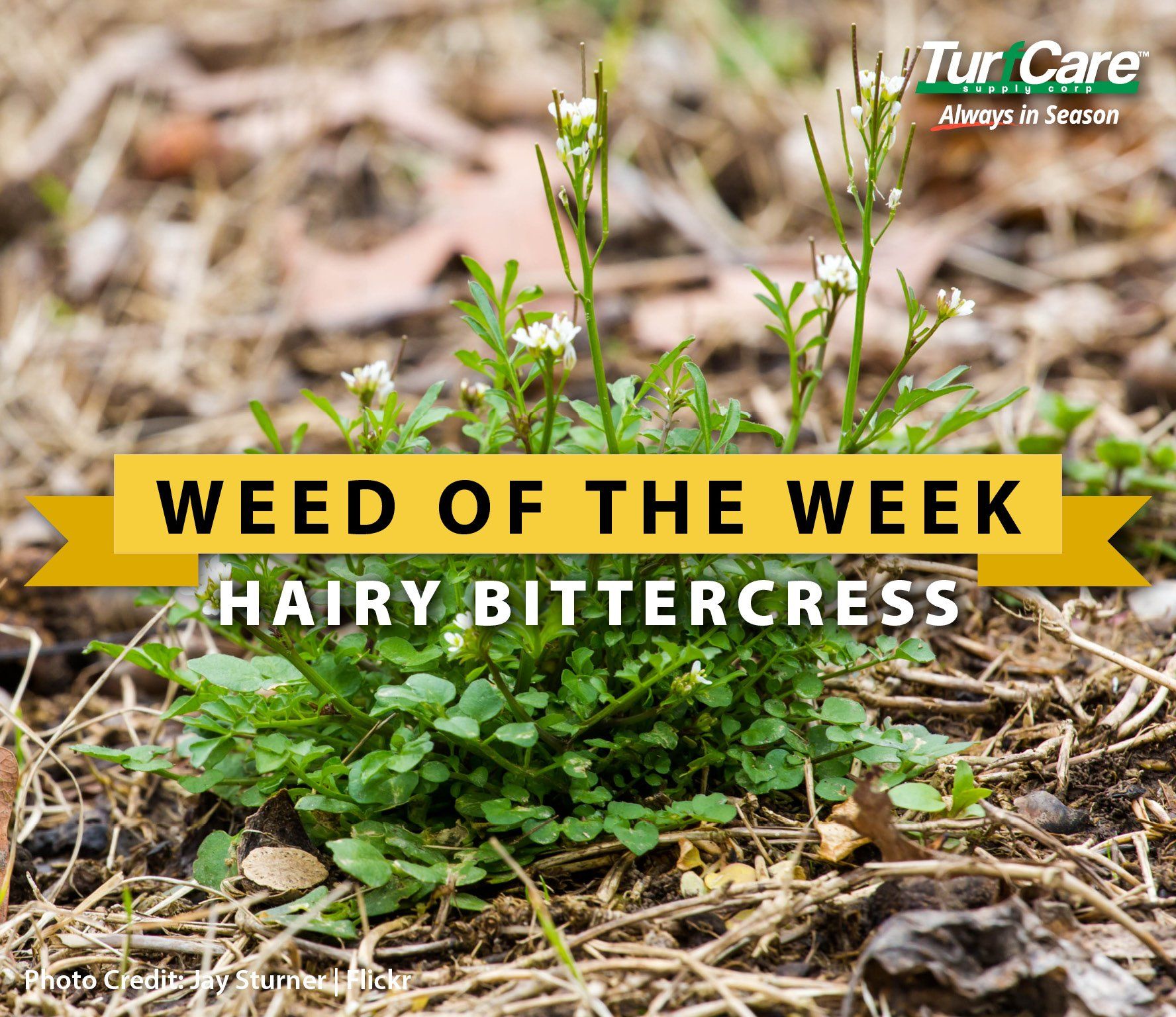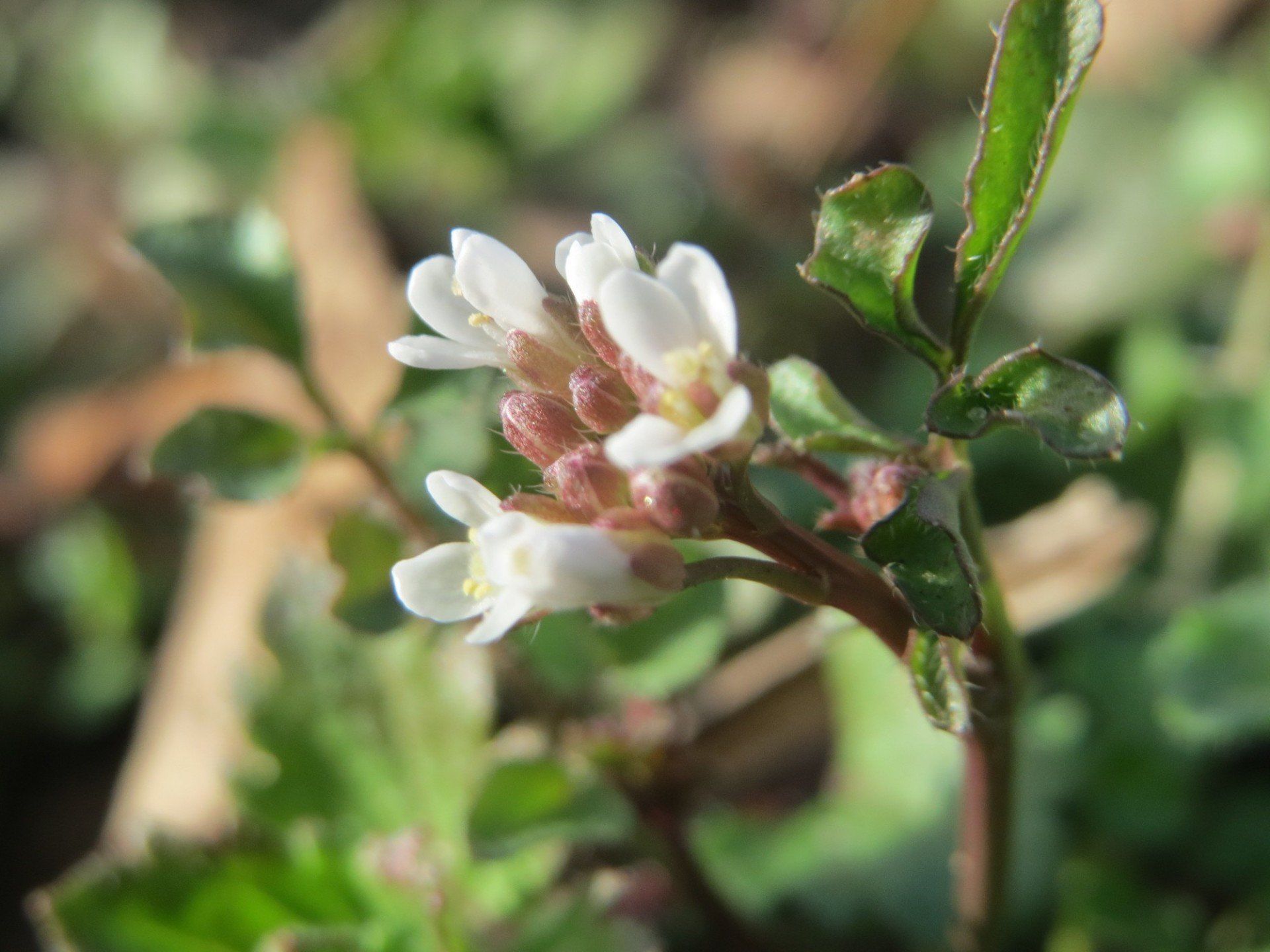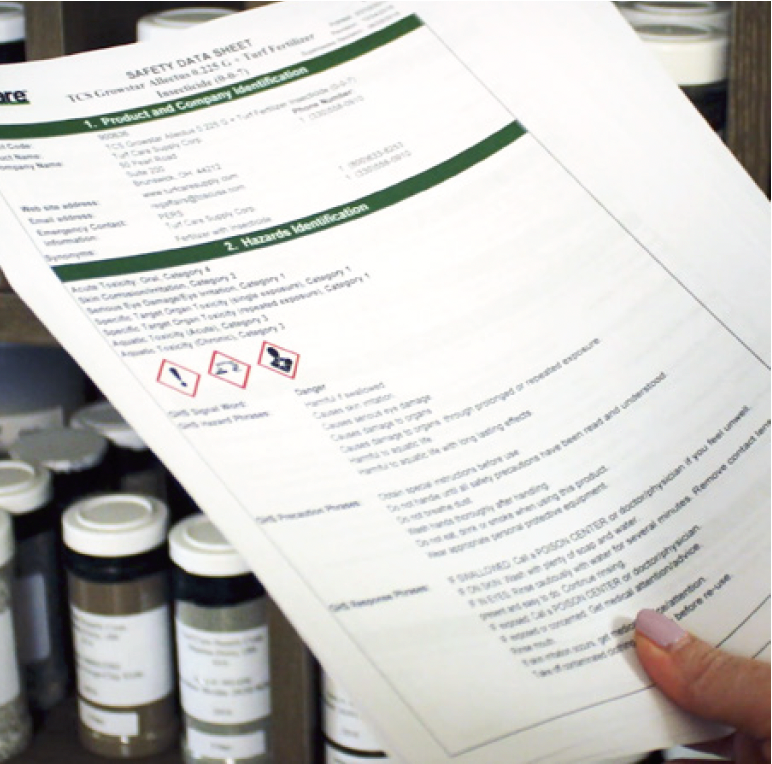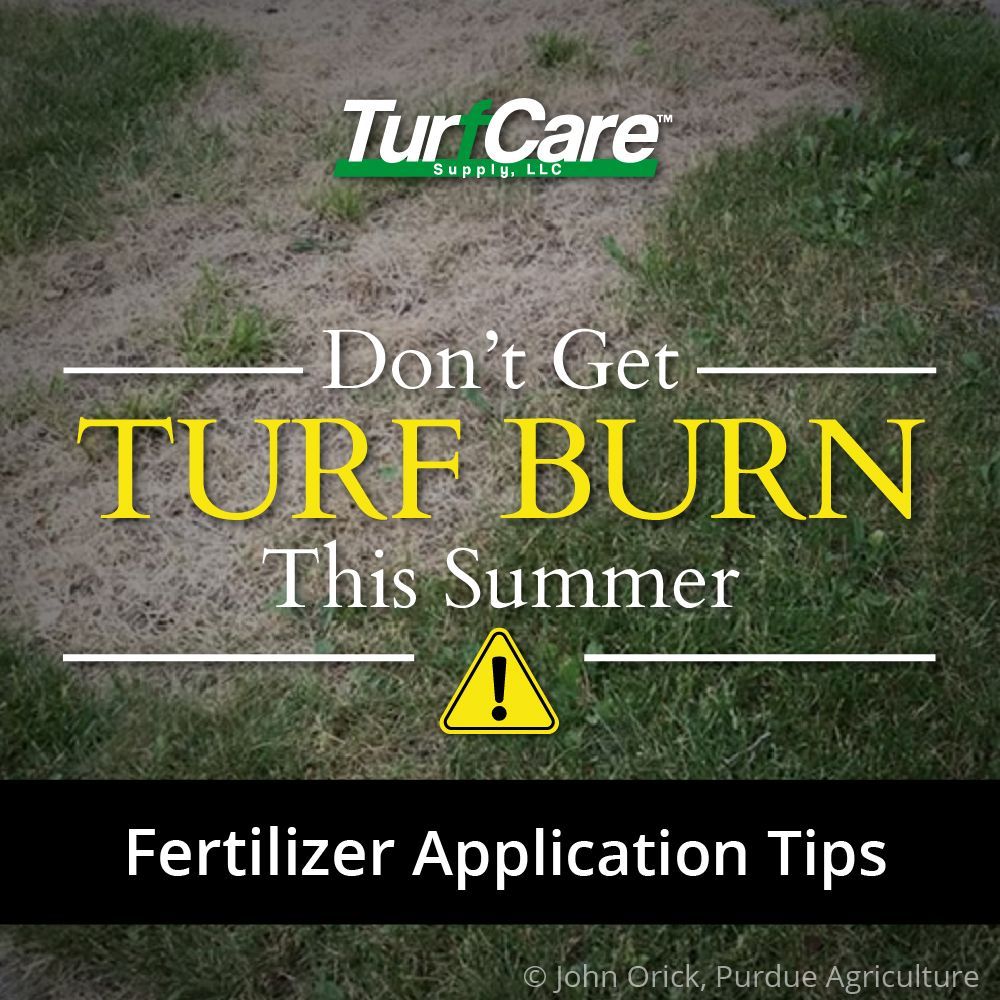TYPE
Hairy bittercress is an annual spring or winter invasive broadleaf weed. During its life cycle, it has the ability to produce and explosively scatter large amounts of its seeds from siliques (long, slender seed pods that form by the flower of the plant). This weed can reach up to 4-12 inches tall. This weed forms a long, deep taproot that can be difficult to pull if not removed in early stages of growth.
HOW TO IDENTIFY
Hairy bittercress appears as a small, flat rosette of leaves that has delicate, four-petal white, flowers at the end of green, wiry stems. Leaves consist of 2-4 leaflets that are alternately arranged around the stem. Lower leaves tend to be larger and hairier then the leaves up at the top.
- NOTE: Notice the long, slender seed pods forming by the flowers.
WHERE IT GROWS
Hairy bittercress favors wet, shaded areas as well as areas were lawn is mowed too short. As temperatures increase, this weed’s appearance reduces. Bittercress thrives in all soil types, including nutritious or poor soil.






